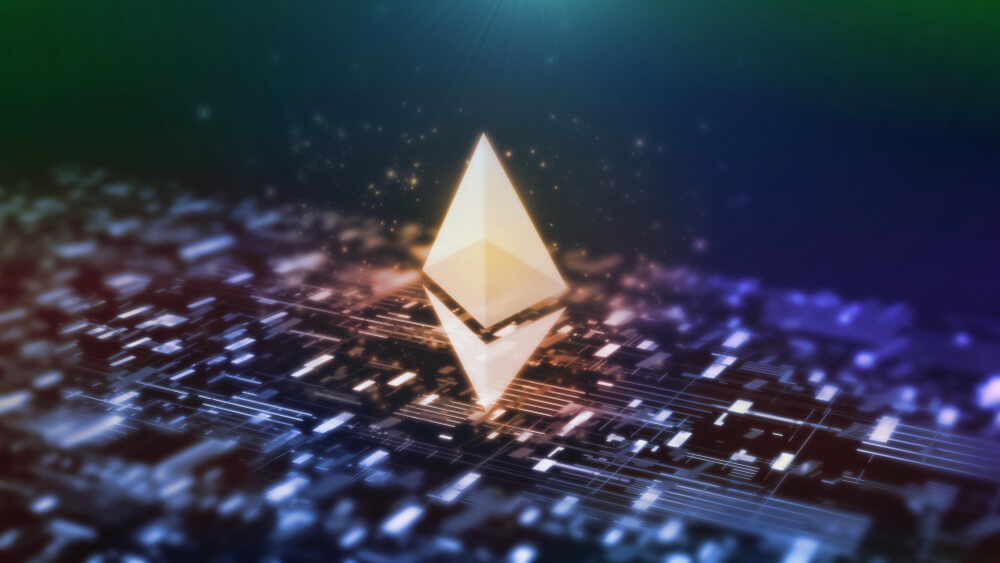Introduction
Lately, the topic of Decentralized Finance or DeFi in the cryptocurrency space has been the most talked-about concept among crypto enthusiasts. While the general populous has been hunkering down on the economic uncertainty, people in the field of cryptocurrency have been excited about decentralized finance’s one of the latest, riskiest, and dynamic investment strategies – Yield Farming.
The concept is quite new, even for the crypto nerds. But it has the potential to change the dynamics of how people deal with cryptocurrencies. Some people may confuse it with liquidity farming, but Yield Farming is a different concept. Simply put, it is the process of finding the best returns (yields) that the cryptocurrency world has to offer.
One of the great things about Decentralised Finance is that they are permissionless. That is, anyone with an internet connection and a supported crypto wallet can interact with them, even a smart contract. This has given rise to Yield Farming. So, what is it? How does it work? Who can use it? We will answer all these questions and more in this post. Keep on reading.
What is Yield Farming?
Yield Farming is a process of generating rewards with crypto holdings using permissionless liquidity protocols. Simply put, Yield Farming means holding and locking cryptocurrencies and getting rewards. According to experts, Yield Farming bears a resemblance to staking. Nevertheless, it is a lot more sophisticated than you can think. In most cases, Yield Farming works with users known as liquidity providers (LP) who add capital to liquidity pools.
A liquidity pool is a smart contract containing funds; when liquidity providers provide liquidity to the pool, they get a reward. The reward received by the liquidity provider will be either generated from the fees of the underlying Decentralized Finance platform or some other sources. In some cases, liquidity pools use multiple tokens to pay their rewards. These tokens can be deposited to other liquidity pools to earn more rewards. This means that as a liquidity provider, you will contribute to the liquidity pools and earn rewards in return.
Yield Farming is done using Ethereum (ERC-20 tokens), and the reward generated is also some kind of ERC-20 token. Yield farmers move their funds quite often between different protocols, looking for higher yields. Experts believe that Decentralized Finance platforms may provide providers with other economic incentives to attract more capital.
How Does it Work?
Yield Farming is based on the Automated Marker Maker (AMM) principle that includes liquidity pools and liquidity providers. Suppose you are a liquidity provider. You deposit funds into a liquidity pool. This liquidity pool of yours is a whole marketplace where users can exchange, borrow, or lend tokens. As the user uses these tokens, they will have to pay a certain fee to the liquidity provider, that is, to you. This is how AMM works.
Conclusion
As simple as it sounds, Yield Farming is a complex phenomenon. The strategies involved are highly complex and are suitable for only advanced users. Also, experts suggest that it should be deployed by those who have a lot of capital.


